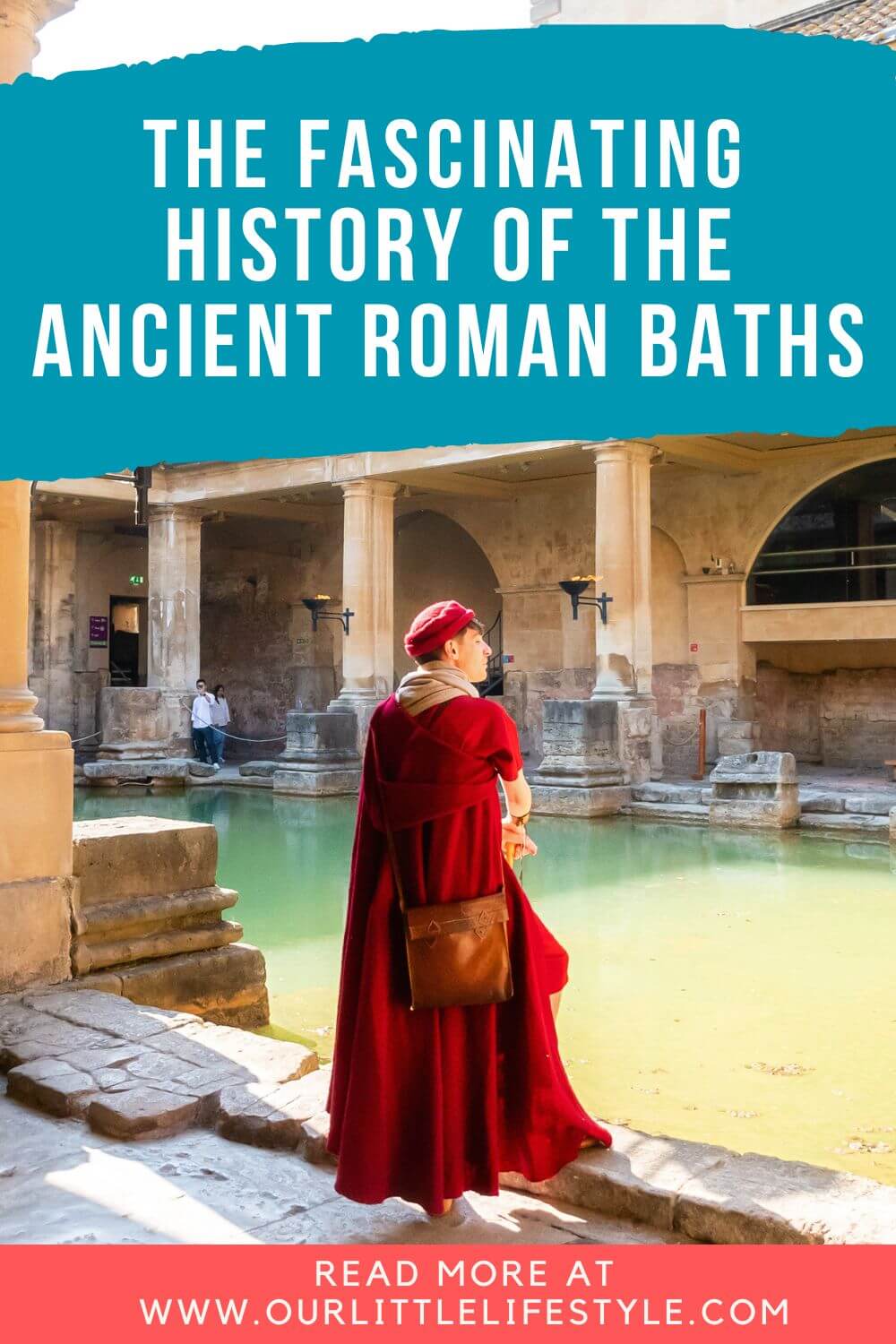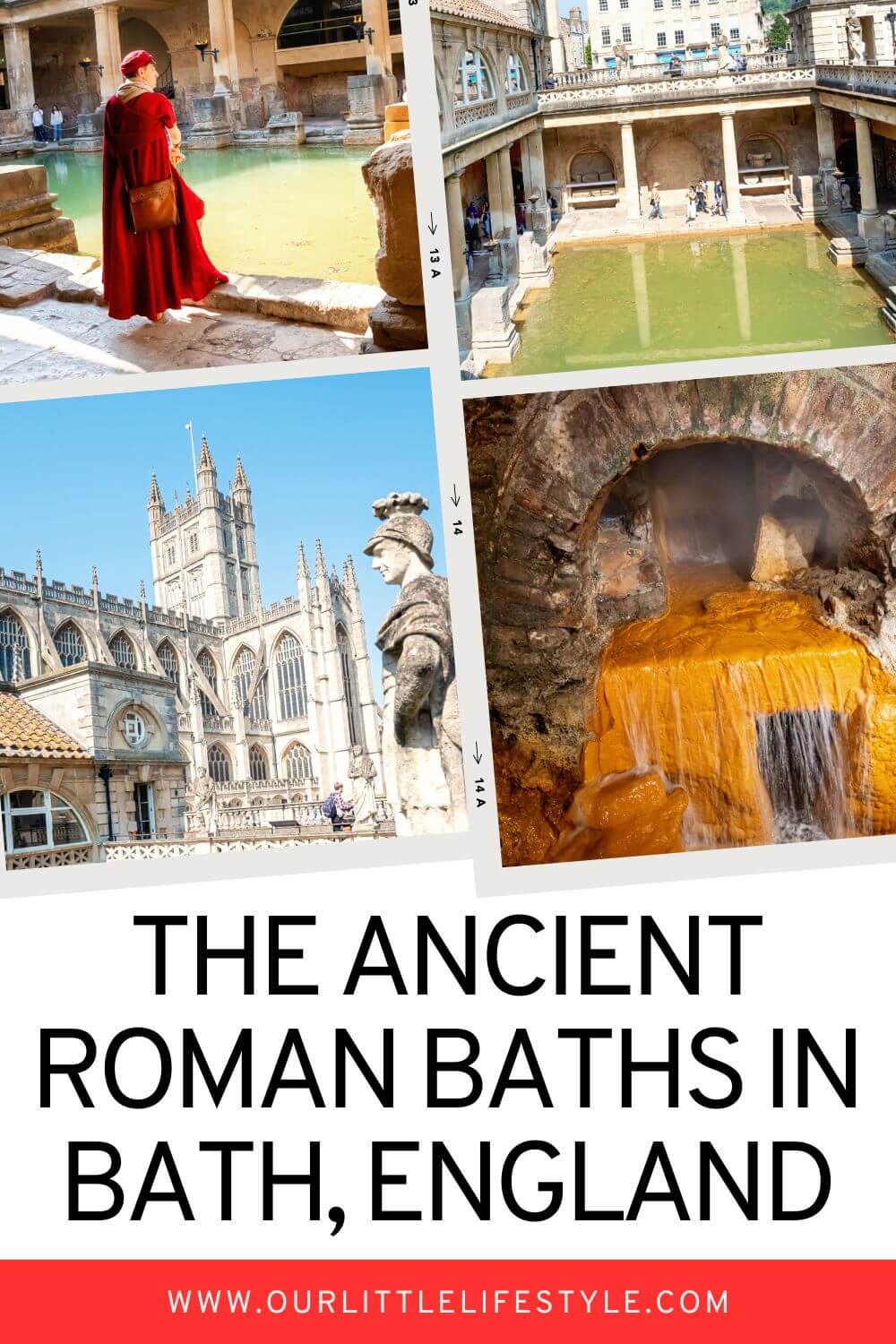We may earn money or products from the companies mentioned in this post. As an Amazon Associate, I earn from qualifying purchases.
Last summer, Abby and I had the opportunity to spend two days in Bath and visit the ancient Roman Baths in England. It was incredible! At that point, we had been traveling in Europe for almost two weeks. Matt and Jake had just headed home, and Abby and I flew to Bristol to spend an extra week in England.
The combination of a smaller travel group and Bath’s charm makes it feel magical! We stayed at the Gainsborough Bath Spa Hotel and spent our days eating out and exploring the picturesque European community.
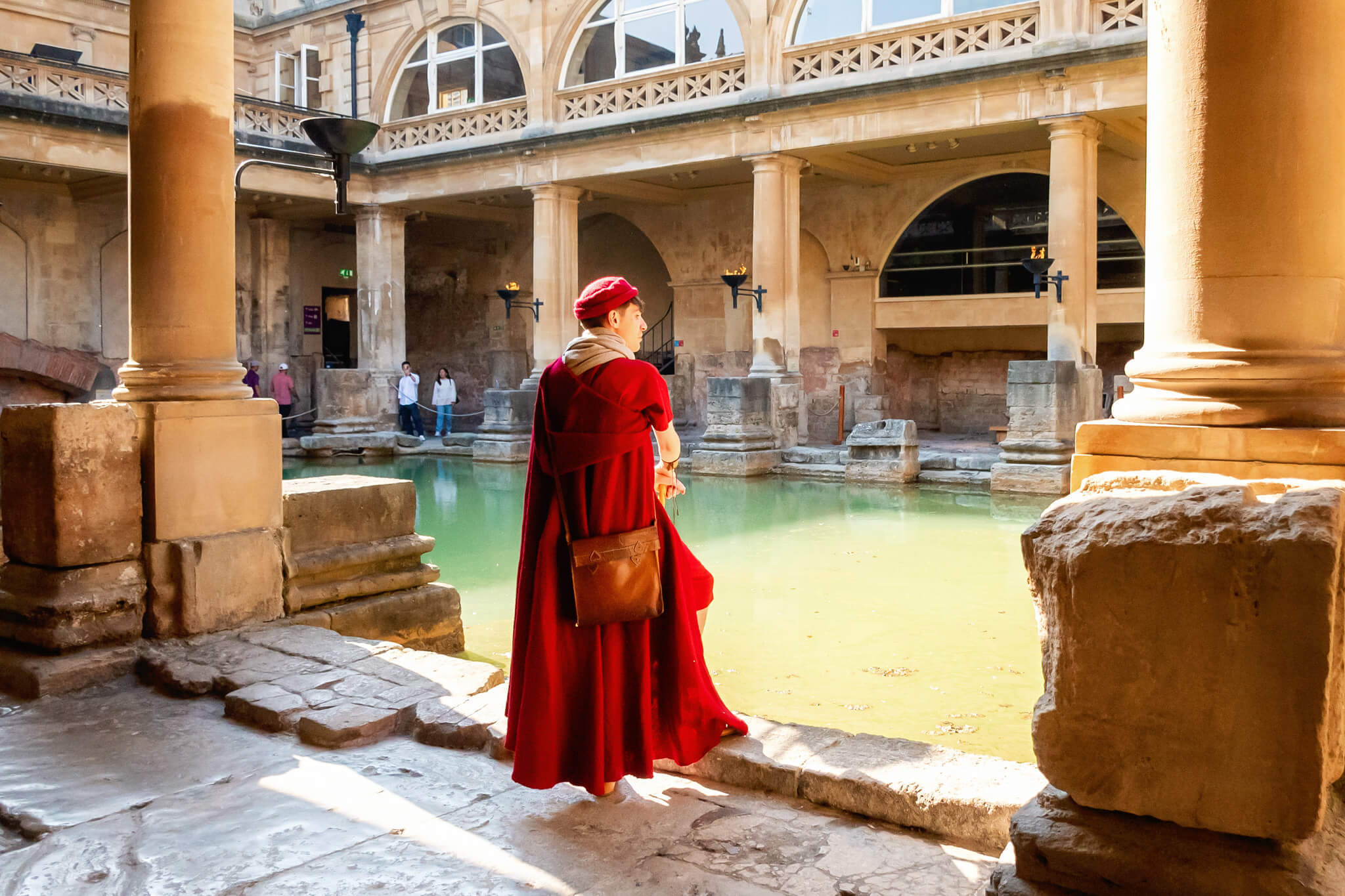
Visiting the Ancient Roman Baths in Bath
Today, I want to share all about our visit to the Roman Baths in Bath, England. In future posts, I’ll share more about the hotel and our Bath itinerary.
Honestly, the ancient Roman Baths in England fascinated me! I came home and did even more research that I hope you find interesting when reading this post. It was even more special to share it with Abby. Some of my proudest mom moments are when we find ourselves front and center in places kids usually only hear about in their history books!
RELATED POST: How To Plan A Trip To Europe With Kids

Planning Your Trip To The Roman Baths In England
Everything in Bath is centrally located, and this small community is very walkable. The ancient Roman Baths and the Bath Abbey are adjacent in the town center at the bend of the River Avon.
There are many great hotel options near the ancient Roman Baths in England. We loved the Gainsborough Bath Spa Hotel for just the two of us, as it felt luxurious. However, if traveling as a family of four, we would likely end up at the Hotel Indigo Bath. It has a two-double-bed room that sleeps four. I like to use Booking to find hotels or rentals best suited for our family.
RELATED POST: 10+ Tips For International Travel
This map shows you many of the hotel options in Bath, England. I recommend staying anywhere in between where the river bends for maximum walkability, especially if arriving by train.
Booking.comRoman Bath Tickets and Tours
Basic ticket prices for the Roman Baths vary depending on when you visit and whether it’s a weekend or a weekday. It is best to check pricing here for the month in which you will be visiting Bath, UK. Buying your tickets in advance is encouraged during peak travel months and holidays. These tickets are nonrefundable, so choose wisely and then build your Bath itinerary around this reservation.
Click here to buy your tickets to the ancient Roman Baths!
You also can buy a separate group or private guided walking tour of Bath that includes an optional add-on ticket to the Roman Baths, like this Bath tour on Get Your Guide.
I also highly suggest stopping into the Bath World Heritage Center nearby. It was small but very well done, and it truly helped us get a visual of the area and a better understanding of how the hot springs work. They also have a paper map of Bath that came in really handy for us.
Next, I want to dive deep into the history of the ancient Roman Baths. I’ll include fun facts and some things to look for on your trip to the Roman Baths. Knowing the history and story behind a place like this makes your visit so much more impactful!
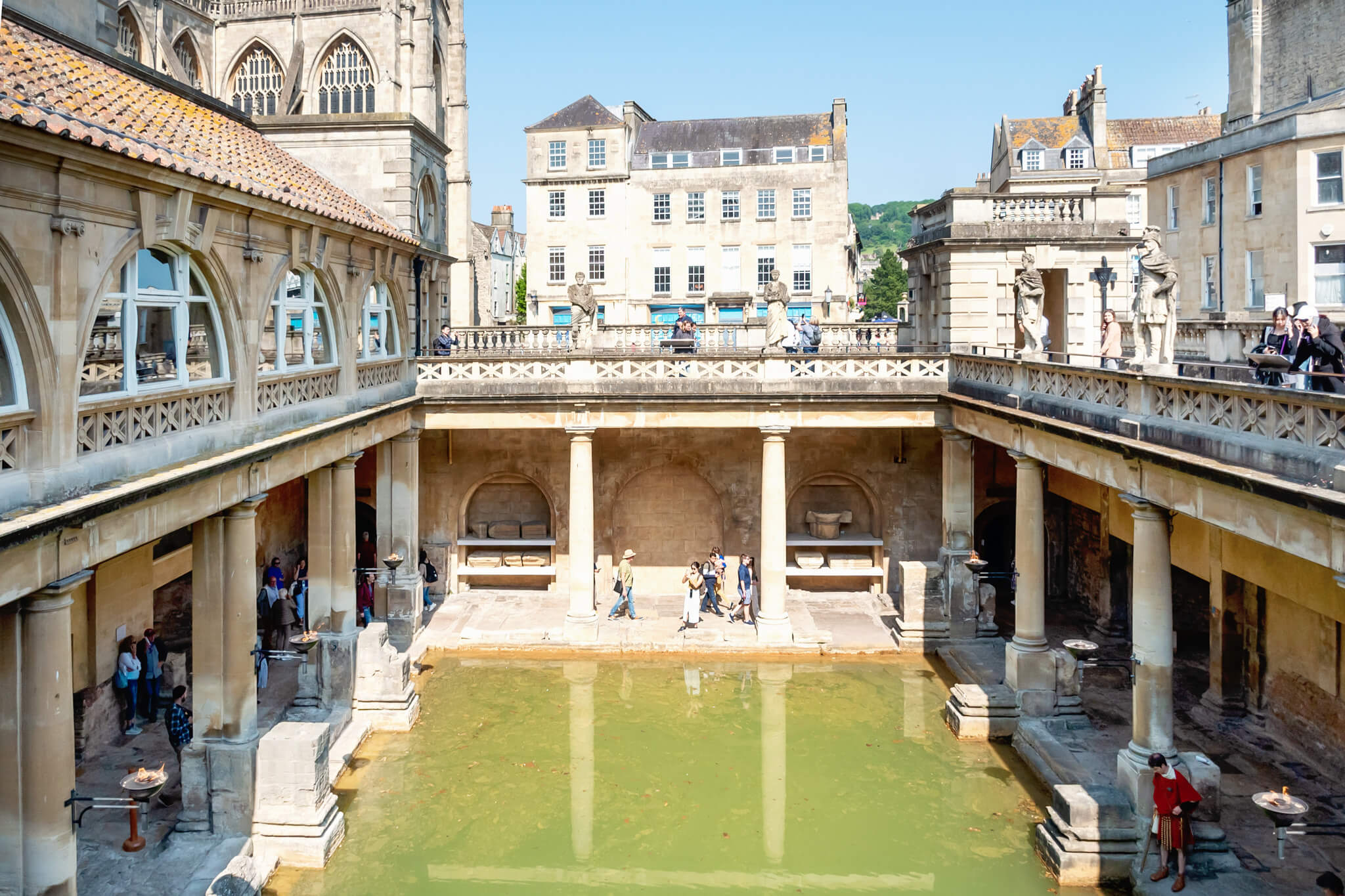
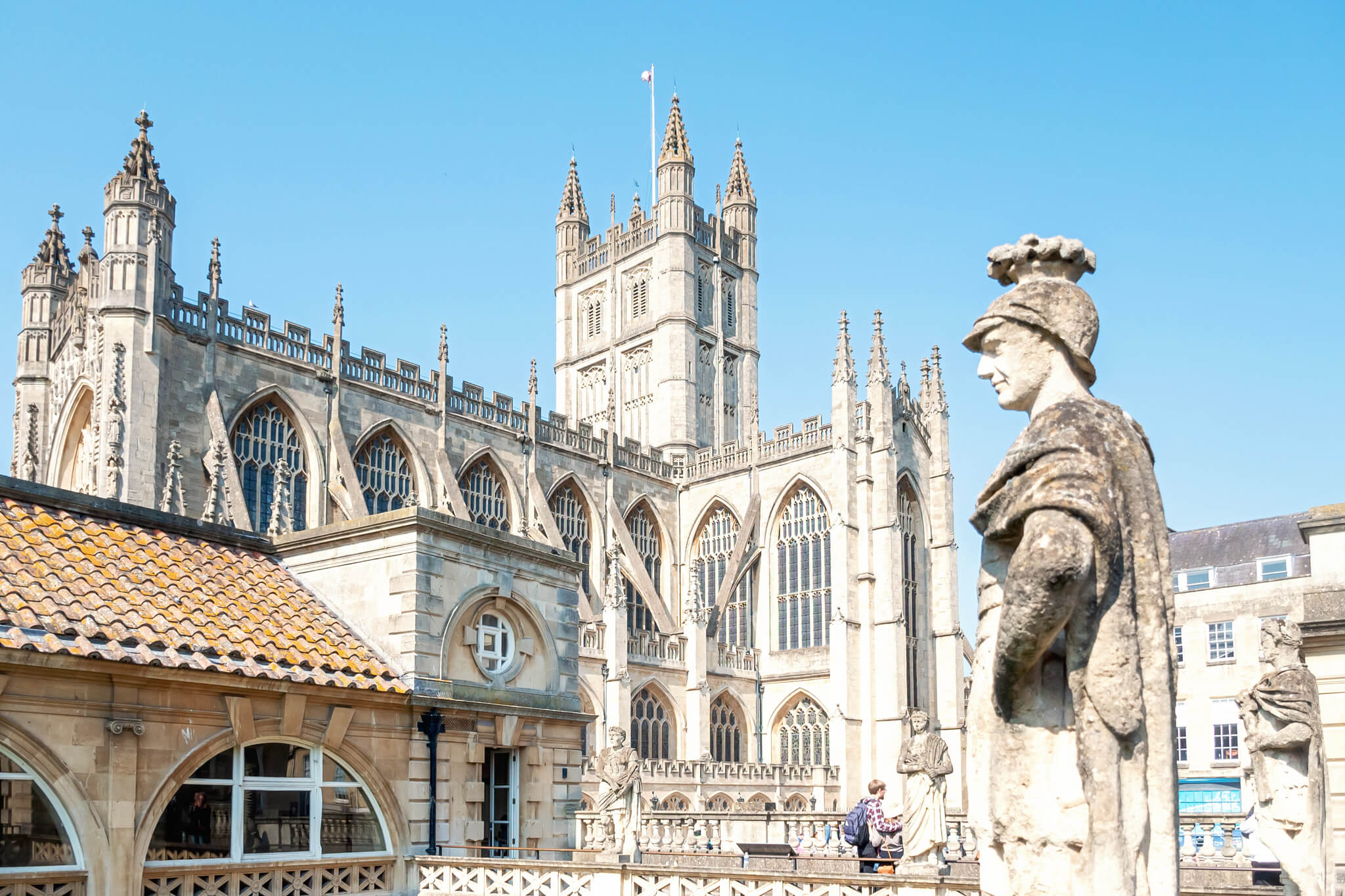
The Roman Baths In England
The ancient Roman Baths in England are a fascinating archeological complex consisting of numerous structures. The original Roman buildings are now below surface level and can only be viewed in the museum.
The “Great Bath” was the original Roman pool built by the Romans in the first century. The “Kings Bath” was added in the 12th century, and the “Queens Bath” was added in the 16th century. The remaining buildings and promenades were built in the 18th and 19th centuries.
Beneath the complex is the Temple of Sulis-Minerva, the original temple built by the Romans and dedicated to the goddess Minerva. The ancient Roman baths consist of four main sites: the Sacred Spring, the Temple of Minerva, the Roman Bath House, and a museum that houses artifacts from the archeological site.
In the 18th century, another building, the Great Pump Room, was constructed. Originally a neoclassical saloon, the Pump Room is now a fine-dining restaurant. Together, the Roman Bath complex attracts more than a million visitors annually. Today, you can visit the Pump Room and enjoy afternoon tea and dining. Just make sure to make a reservation for the Pump Room!
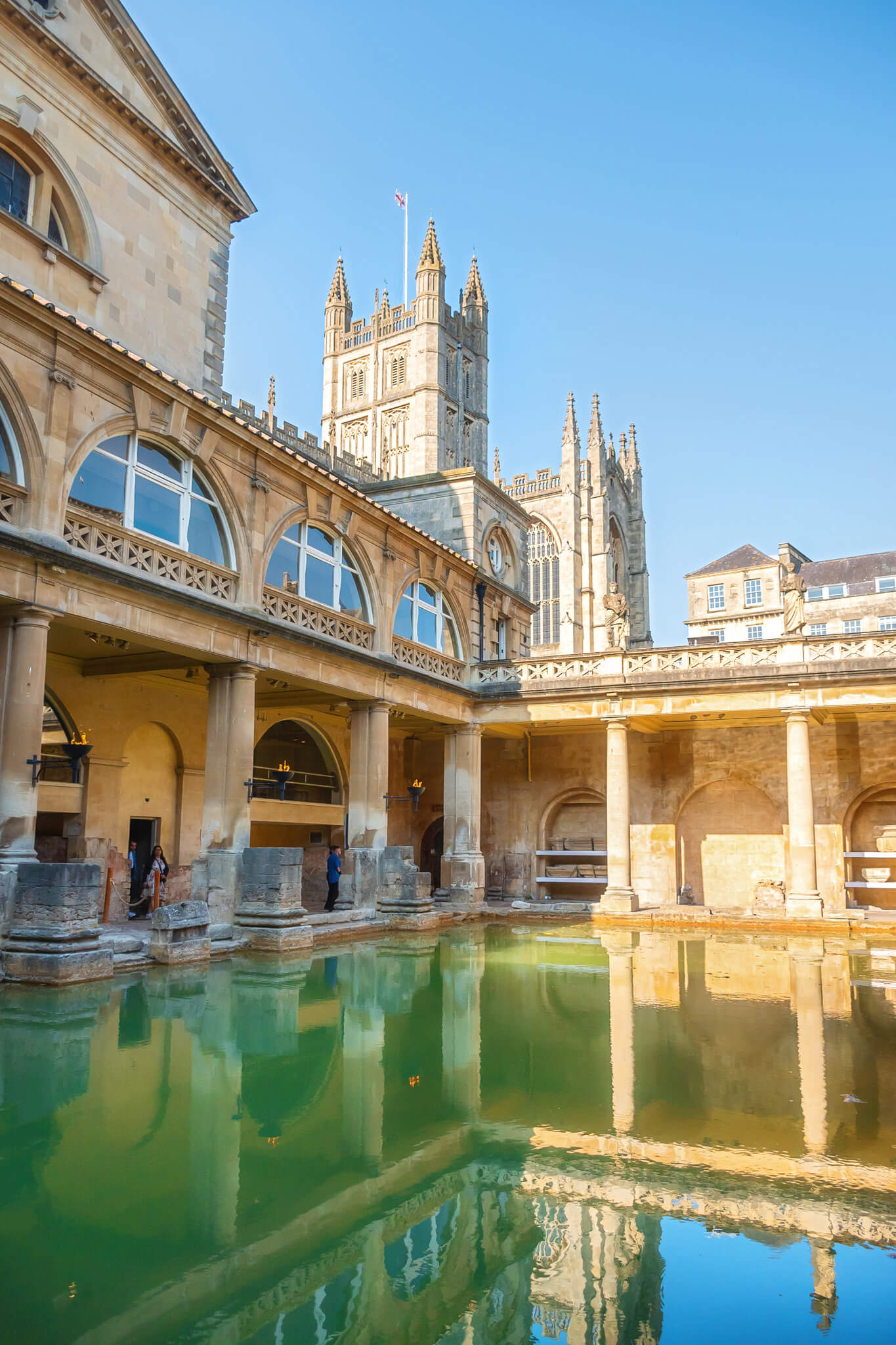

The Roman Baths Museum
The museum beneath the site is impressive and has many artifacts and relics from Roman use of the baths. We spent a lot of time wandering through it, and Abby really enjoyed the free audio guide.
The Roman Baths Museum provides insight into the construction of the Bath and the design of the Temple of Sulis-Minerva. Some of the more famous artifacts include the male head of a gorgon etched into the pediment of the ancient temple. You can see Minerva’s Head, a beautiful gold-covered bronze sculpture of the head of the goddess Minerva.
The museum collection includes over a hundred little lead tablets called Curse Tablets, upon which Romans wrote curses for people they disliked. In the museum, you can see how the baths were structured in three separate stages: a frigidarium (cold room), a tepidarium (tepid room), and a caldarium (hot room).
Why Are The Roman Baths Hot?
You can see steam rising off the water nearest the center of the hot spring. But why are they hot and not a cold spring like we have here in the southeastern United States?
Geothermal heat is the reason the baths are so warm. Bath, England, sits at the base of the Mendip Hills. Rainwater from the hills flows underground and sinks deep into the earth’s crust. This percolated water works its way down into aquifers to a depth of between 8,900 and 14,100 feet.
The earth’s geothermal activity heats the water here to 156.2 to 204.8 °F. The pressure of being so deep, combined with the heat, forces the water up to the surface through a geologic fault (the Pennyquick Fault), creating warm water pools on the surface. The water cools slightly during this trip but reaches the surface at around 114.8 °F.
This geothermal cycle pushes 257,364 gallons of fresh water into the baths daily. The spring water is rich in various minerals, including calcium, sodium, magnesium, and potassium. In 1982, a new bore hole was dug to access a clean water supply for the Pump Room.
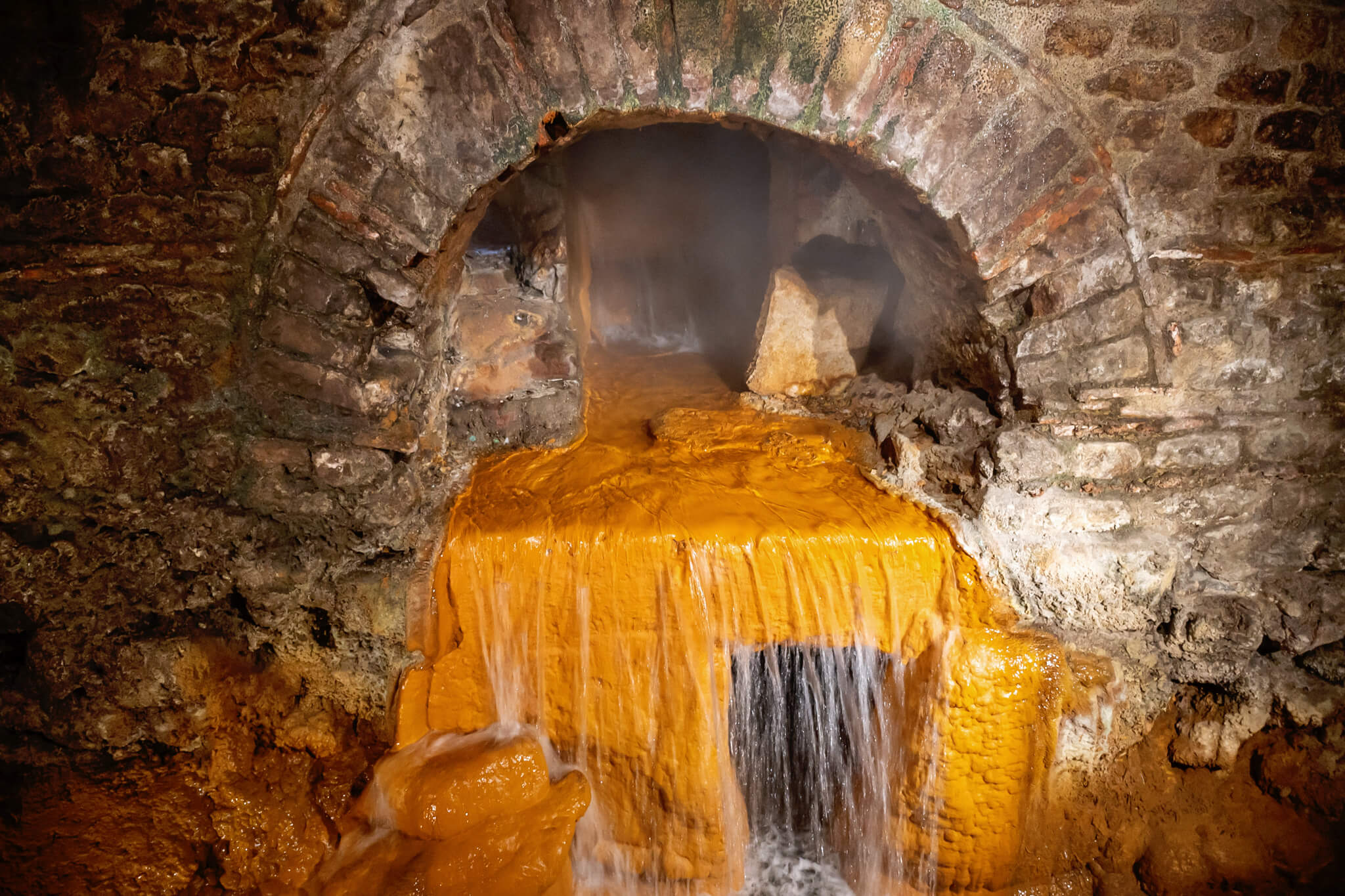
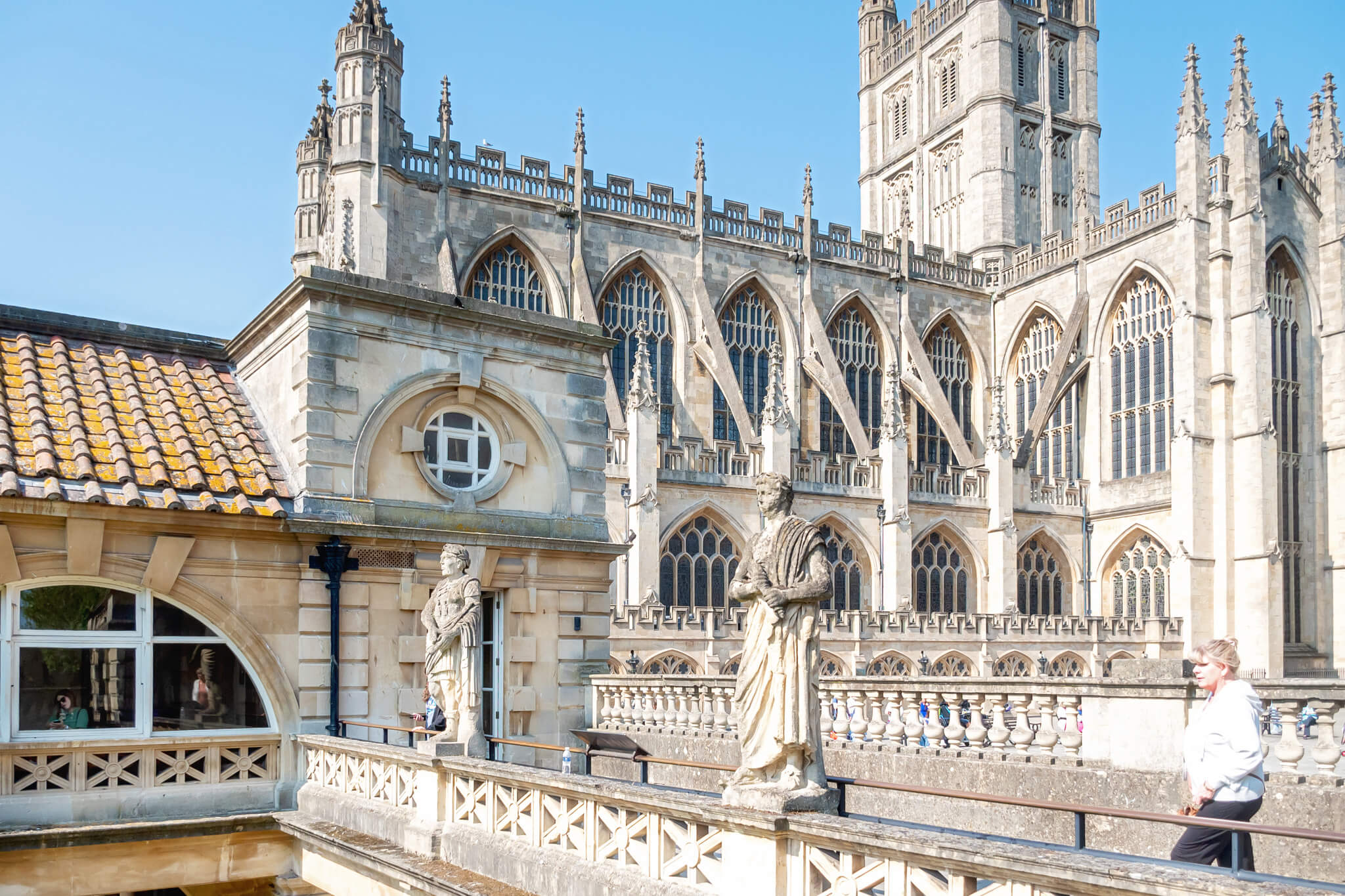
History Of The Roman Baths In England
It felt surreal to be in a place of such unique historical significance! The Roman Baths have a fascinating long history that spans many generations over thousands of years. Many different peoples have used the natural hot springs, and the area has witnessed numerous cycles of revival, followed by relative obscurity.
Pre-Roman Use of The Baths
Little information is available about the baths’ use before Roman occupation. It is believed indigenous people used the spring for thousands of years, and archeological evidence of ancient temples on the site pre-dates the Roman Baths.
A Celtic Iron Age tribe called the Dobunni lived in the area that is now Bath, and they are likely responsible for constructing the first temple to their goddess, Sulis. The practical benefits of hot springs would have made the area a valuable outpost for numerous civilizations from the dawn of time.
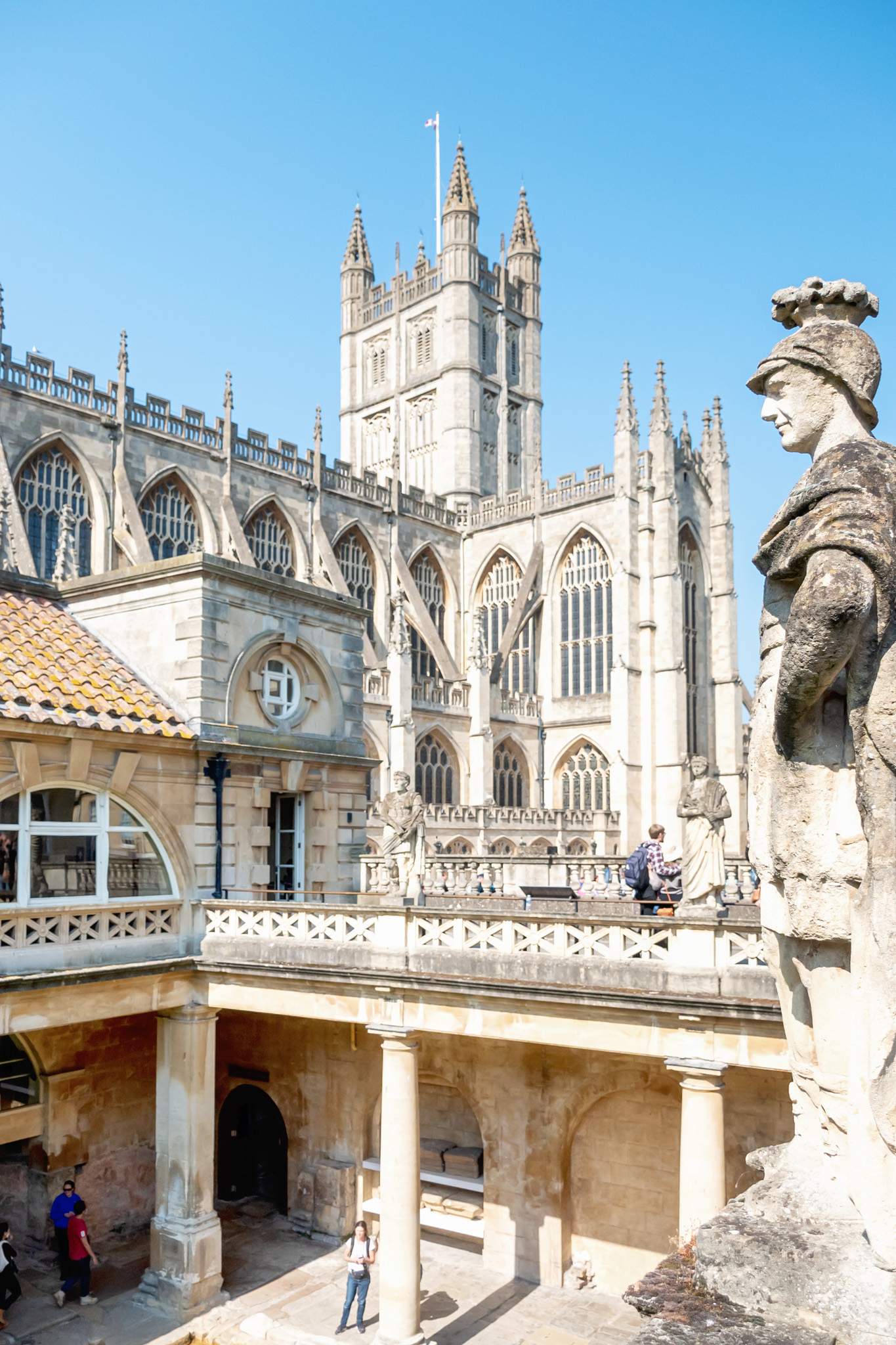
Construction of The Roman Baths
The Roman Empire rapidly expanded across the known world. Once they set their sights on the British Iles, there was no stopping their advance. Julies Ceaser had made initial forays into the area around 55 BC, and 90 years later, the Romans launched a full-scale invasion of Britain. They established major garrisons at Londinium (London), Camulodonum (Colchester), and Verulamium (St. Albans). This occupation began the era of Roman Britain.
The Roman Temple at Bath was constructed in 70 AD, and the bathing complex was slowly developed over the next three centuries. The Romans had a pattern of assimilating the gods of conquered peoples and co-opting their use in language, construction, and culture. Because Sullis had originally been venerated here, they named the town Aquae Sulis (“the waters of Sulis”). The new Roman temple was named the Temple of Sulis-Minerva, after the local Celtic god Sulis and the Roman goddess of wisdom, Minerva.
Roman engineers were familiar with bathhouse construction because baths were prevalent in Rome, and the Roman people were serious about bathing and cleanliness. They were masters in designing water transport, plumbing, sewage disposal, and hydraulic systems.
The Great Pool
Roman engineers created the Great Pool by driving massive oak piles into the earth to build a solid foundation. They made a lead-lined stone pool that collected the hot spring waters atop the foundation. The spring itself was known as the “Fons Sulis.” The lead-lined pool measured 24 metres by 12 metres and was 1.6 metres deep. The pool was enclosed by an arcade with marble pavement and benches for bathers.
Many enhancements were made to the bath in the second century. The Bath was enclosed in a large building and covered by a wooden barrel-vaulted ceiling. The frigidarium (cold room), tepidarium (tepid room), and caldarium (hot room) were also built in this building. Excavations have uncovered a complex hypocaust system of pipes and steam that heated the floors. These pipes were raised on brick pillars beneath the bathing spaces.
It’s believed that the bath complex fell into despair after the Romans withdrew from Britain in the early 5th century. Probable silting, flooding, and lack of maintenance to the roof and buildings would have quickly ruined the bathhouse and temple structures. The Anglo-Saxon Chronicles, a 9th-century collection of English history, suggest the Roman Baths were destroyed in the 6th century.
An elegy called “The Ruin of the Empire,” written in the 8th or 9th century and contained in the Exeter Book, a collection of old-English poems, books, and riddles, is widely believed to be about the decaying state of the Roman Bath. The opening line reads: “Wondrous are these wall-stones, broken by fortune, the citadels crumbled, the work of giants ruined.”
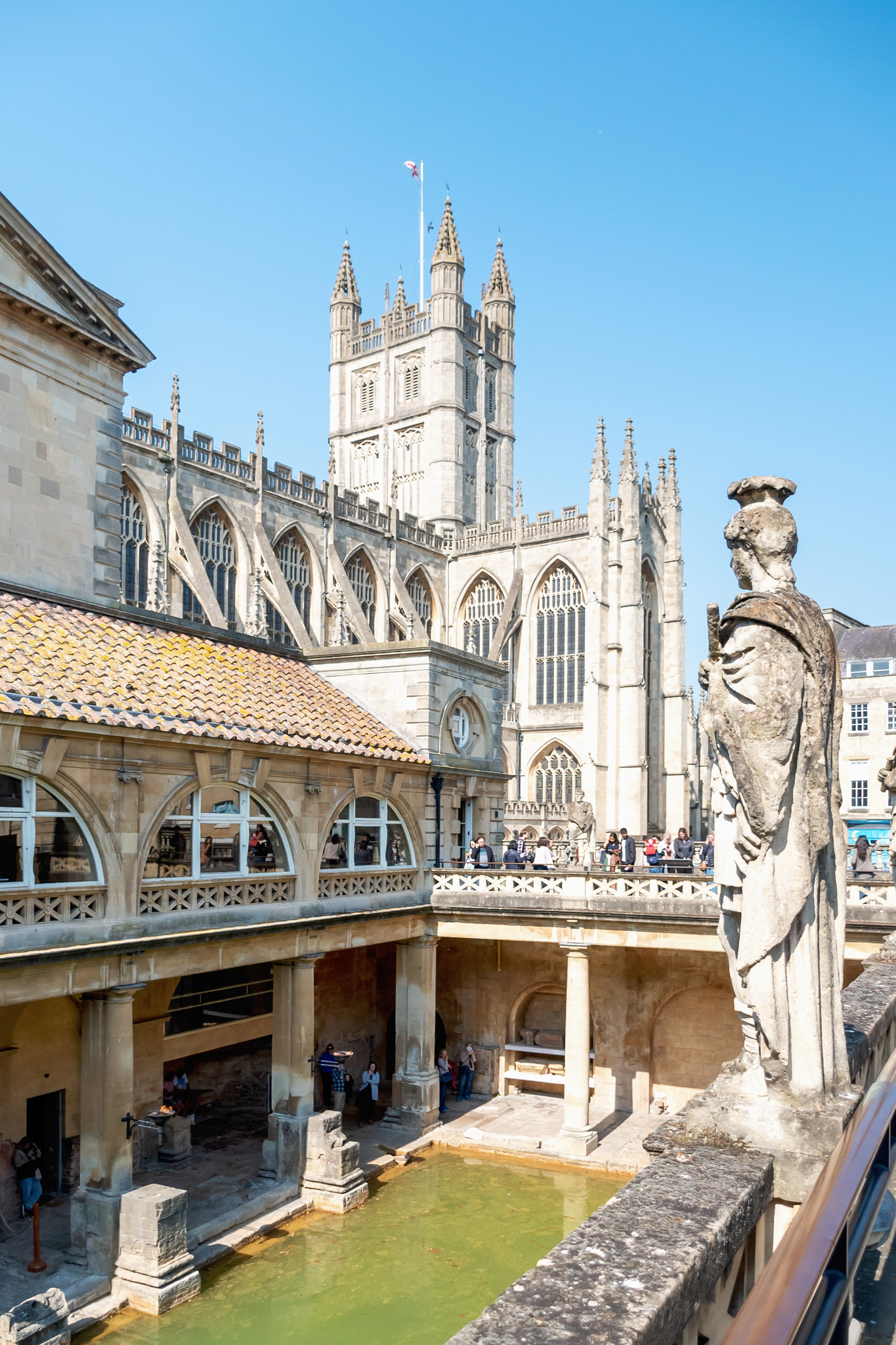

Medieval Use Of The Roman Baths
Despite the ruin of the Roman bath complex, the hot spring waters remained known to the local people, and the area never completely fell out of use.
In the 12th century, the baths enjoyed a new life and became popular again. John of Tours, a priest and doctor, is believed to have organized the construction of a new pool called the “Kings Pool.” It is still a prominent part of the bath complex today. Visitors once again flocked to the city, and legends grew about the healing abilities of the natural hot spring waters. People believed bathing in the pool could cure diseases like leprosy, gout, skin rashes, rheumatism, and other disorders.
In the 16th century, the bath was expanded again when the city built another pool called the “Queen’s Bath,” located south of the spring. Anne of Denmark, Queen of Scotland, bathed there and made two trips to the area in 1613 and 1615. The inscription in the Queen’s Bath in her honor reads “Anna Regnum Sacrum.”
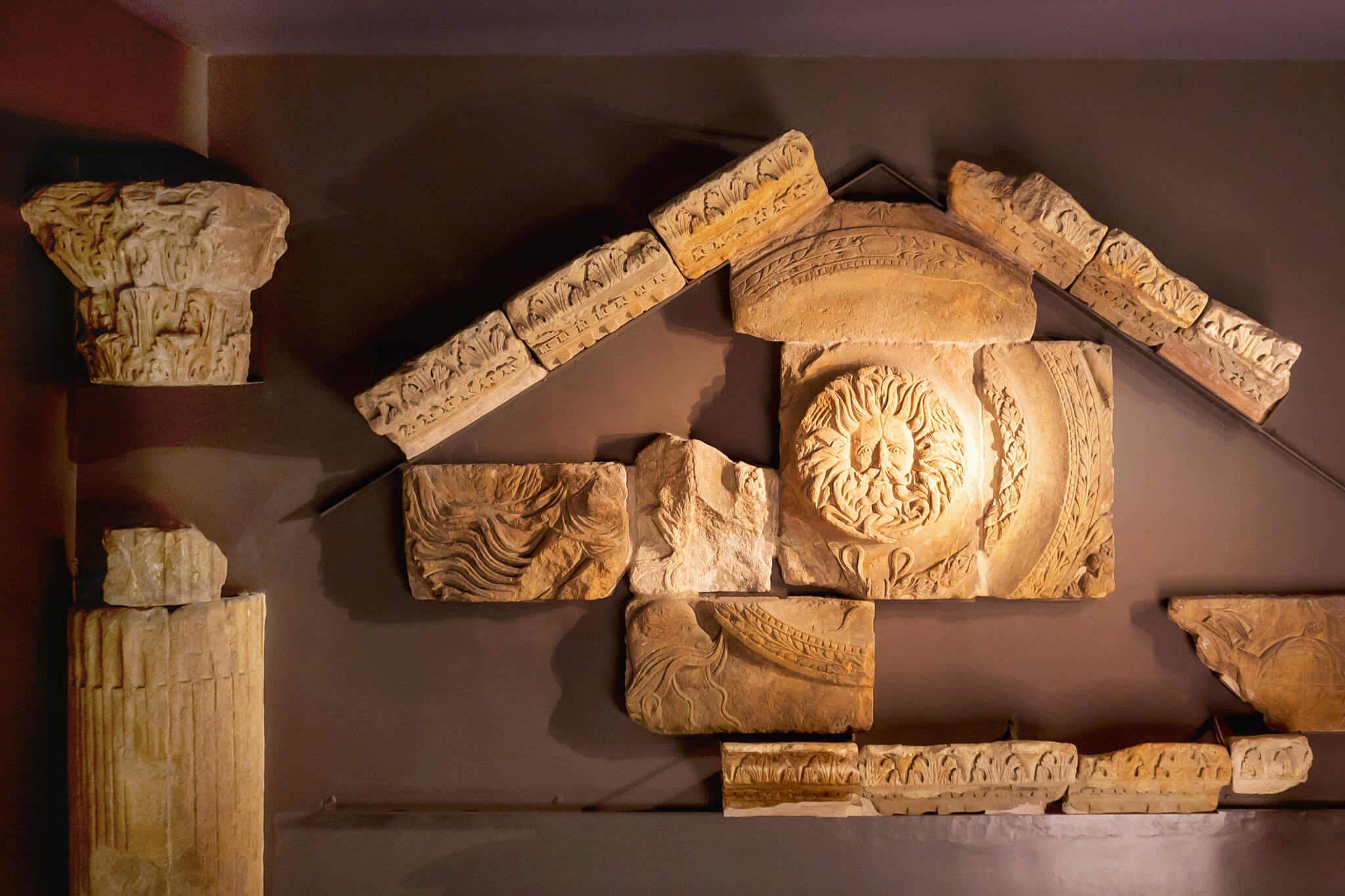
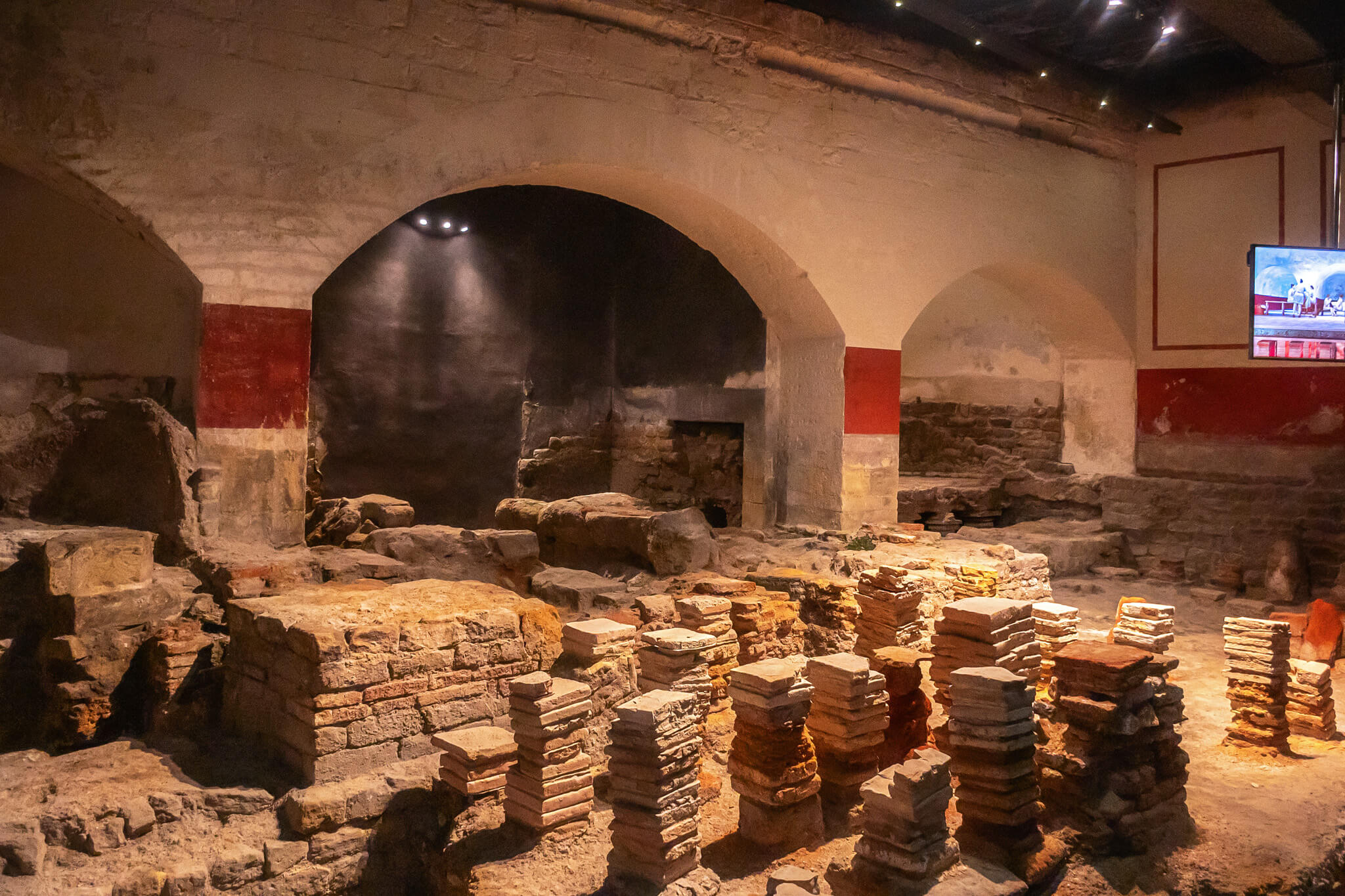
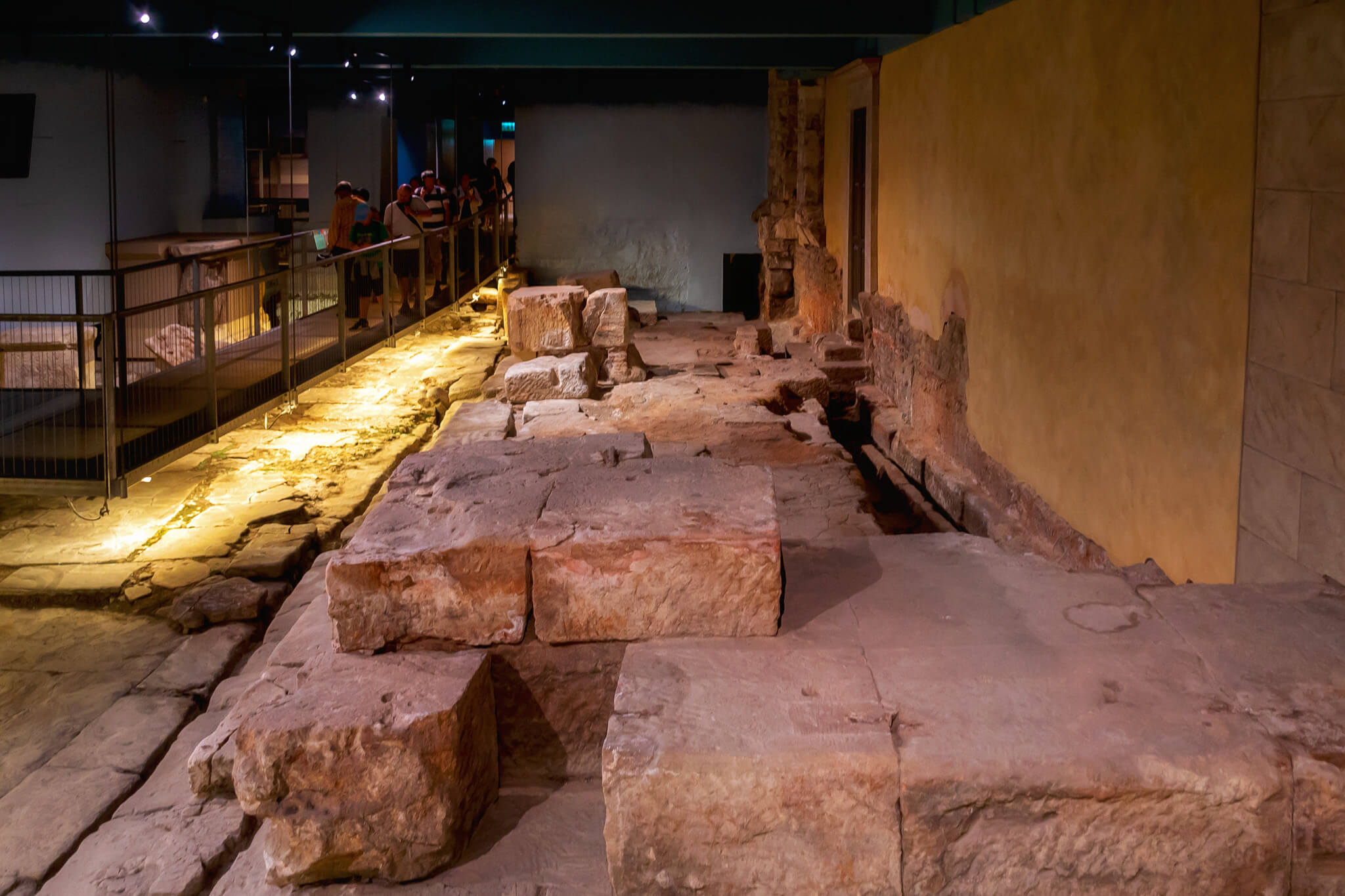
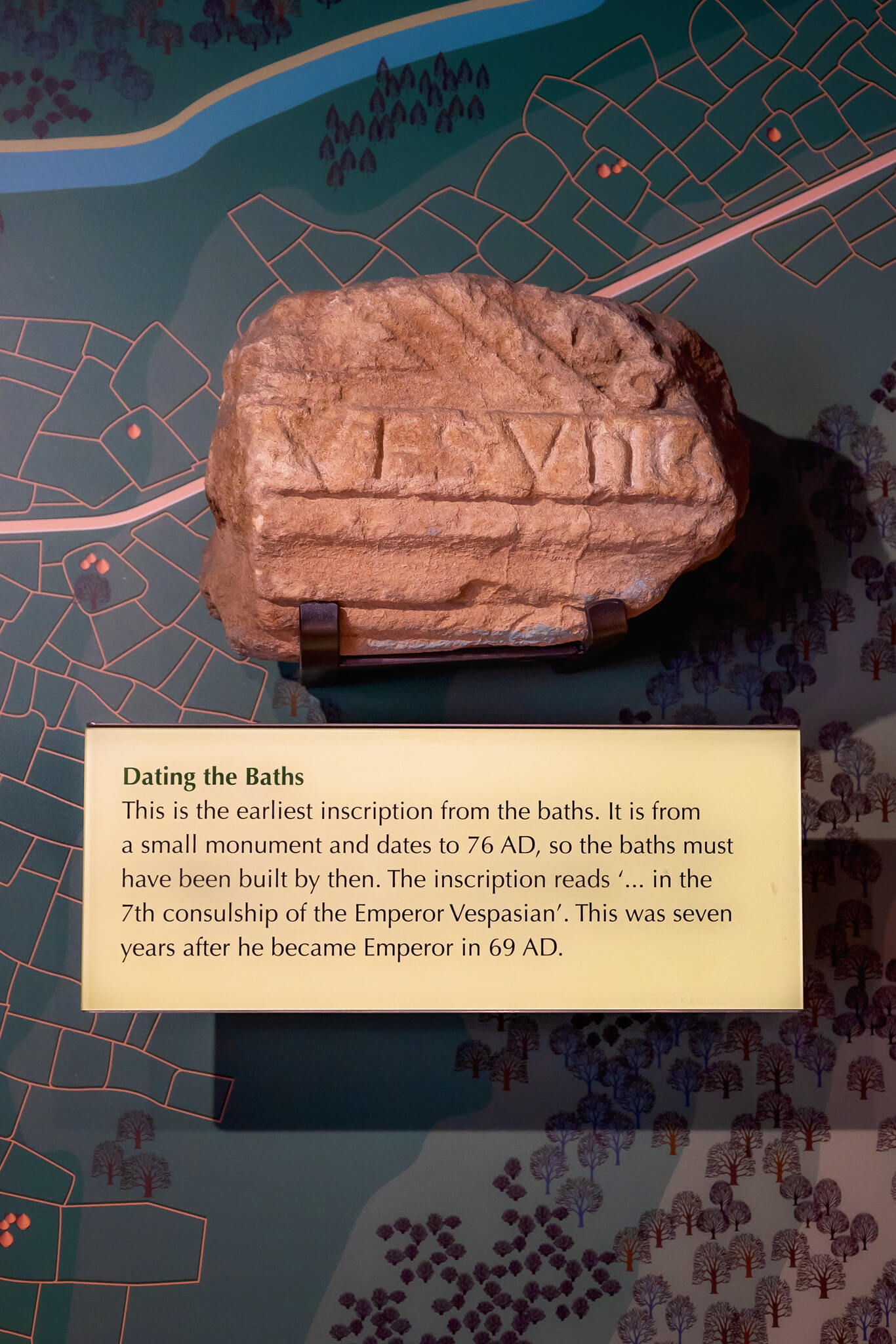
Revival of the Roman Baths In The 18th and 19th Centuries
The Roman Baths’ modern renaissance began in 1727 when workers uncovered the gilt-bronze head of Sulis Minerva. This was the site’s first major archeological find, fueling new interest and excitement in the area.
Beau Nash, a hard-partying fashion icon and aristocratic dandy, became the master of ceremonies in Bath in 1705. He helped establish the city as a rediscovered meca of British wealth and sophistication. From 1705 to his death in 1761, Beau was a fixture in the town. His larger-than-life persona helped establish Bath as a bastion of refined nobility and a playground for the wealthy.
The Pump Room was built in 1789. Its opulent decorum with elegant tiles, beautiful paintings, and massive chandeliers became a haven for high-society clientele. It further established Bath as a retreat for the rich and famous of Regency-era England.
From 1801 to 1806, the famous author Jane Austen lived in Bath. While she was there, the city was a thriving spa resort and retreat popular with fashionable society. Two of her novels, “Persuasion” and “Northanger Abbey,” are partly set in Bath. In Northanger Abby, she said, “I really believe I shall always be talking of Bath when I am at home again–I do like it so very much…. Oh! Who can ever be tired of Bath?”
In 1878, Major Charles Davis, the city surveyor, discovered the Roman remains of the baths. The ruins were uncovered over several years, and the site was opened to the public in 1897.
The Roman Baths In England Today
Today, Bath, England, and its renowned hot Baths are a destination for visitors worldwide. Bath is the only city in England to receive a UNESCO World Heritage Site designation for the entire city. UNESCO denoted that Bath’s universal value and cultural importance are tied to its preserved Roman ruins, hot springs, 18th-century architecture and town planning, and social and landscape significance.
In 2021, UNESCO awarded Bath a second listing as part of the Great Spa Towns of Europe. This is quite the feat!
Make Plans To Visit Bath
Reflecting on such a place is even more powerful when you’ve had the opportunity to see and experience it in person. For this reason, Bath is my favorite day trip from London. It’s somewhere that can be easily added to your England itinerary, especially with the train station! Abby and I easily hopped on the GWR train from Bath to England for the next part of our adventure.
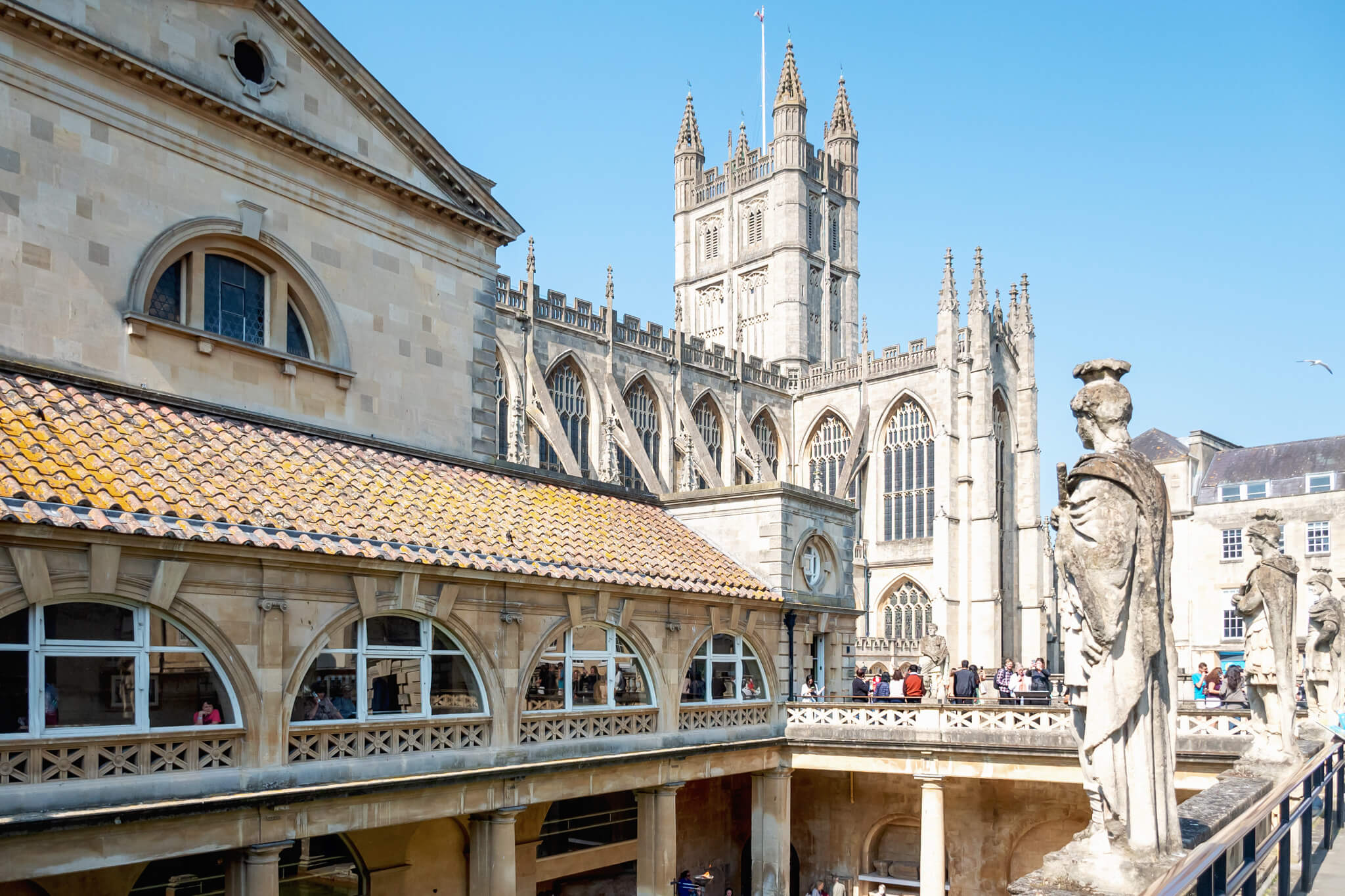
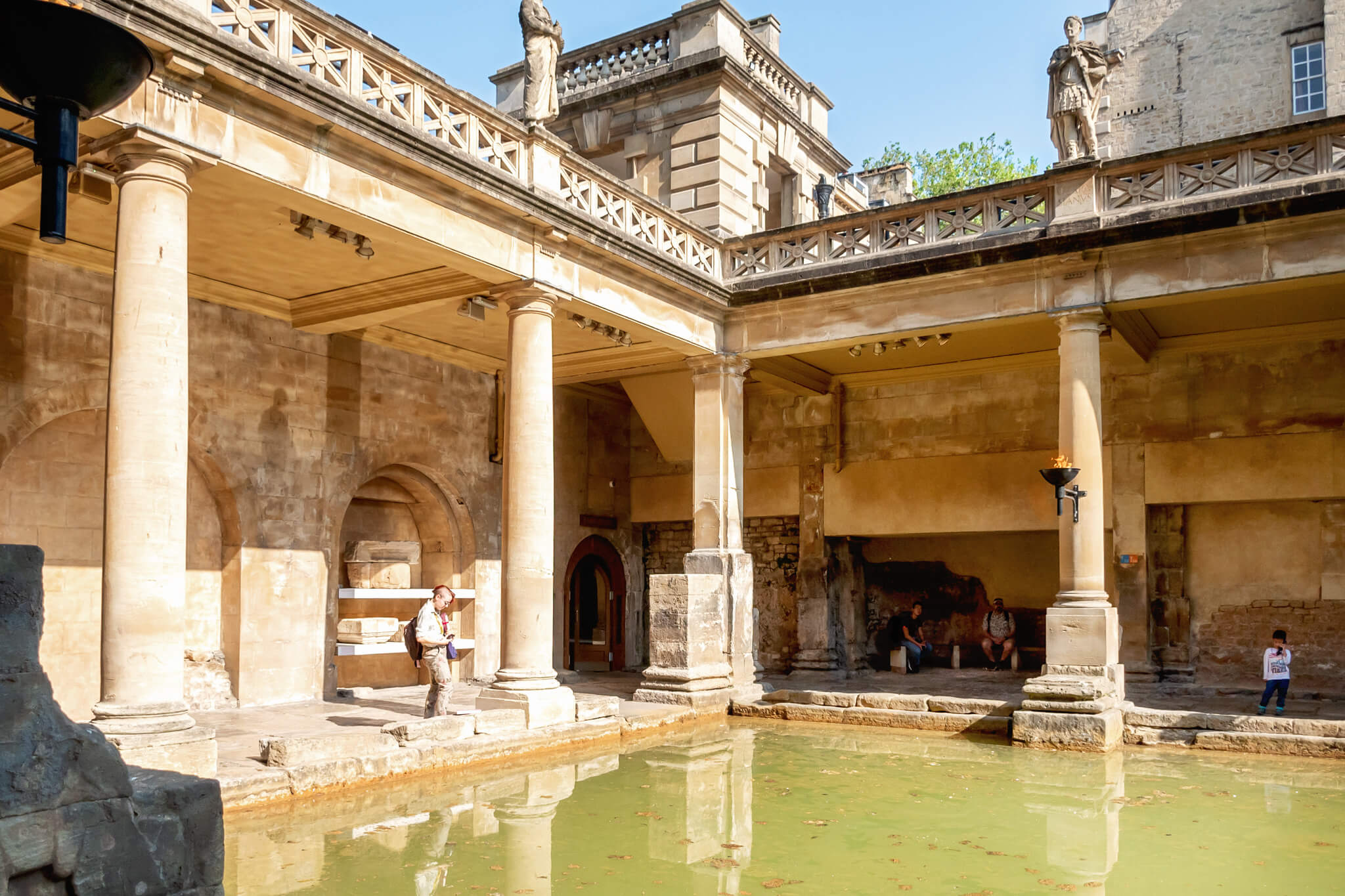
More Family Travel Inspiration
If you enjoyed this post, you’ll love our other European travel blog posts! In the past two years, our family has traveled to France, Belgium, the Netherlands, Greece, and England.
- 4 Days in Paris
- Day Trip to Bruges
- Canal Cruises in Amsterdam
- The Ancient Agora of Athens
- Is The Louvre Worth It?
- Top Tours in Rio de Janeiro
And follow @ourlittlelifestyleblog on Instagram as we head out on another three-week European summer adventure. This time are traveling to France and Italy, including Antibes, Camogli, Cinque Terre, Rome, and Venice!
Happy travels!
PIN: Visiting the Ancient Roman Baths in Bath, England

